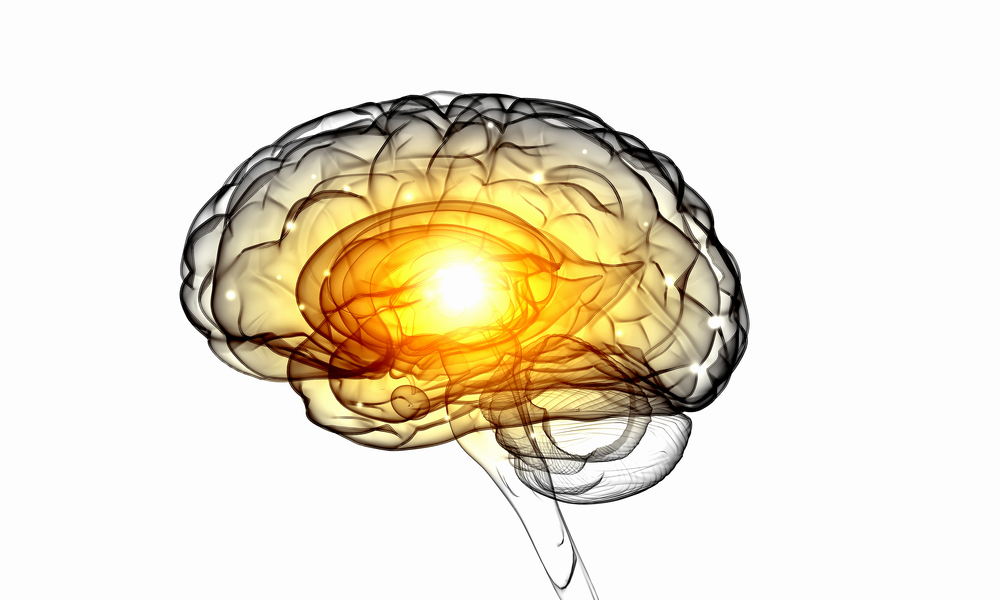New Therapy Using Patients’ Own Cells May Halt Parkinson’s Progression, Case Study Suggests

A new therapeutic approach in which patient-derived dopamine-producing neurons are transplanted into the brain may halt Parkinson’s disease progression, a case report suggests.
The approach uses patient-derived induced pluripotent stem cells (iPSCs), which are cells collected from the skin or blood that researchers can reprogram in a lab dish to revert them back to a stem cell-like state that has the capacity to then differentiate into almost any cell type.
“Because the cells come from the patient, they are readily available and can be reprogrammed in such a way that they are not rejected on implantation. This represents a milestone in ‘personalized medicine’ for Parkinson’s,” Kwang-Soo Kim, PhD, said in a news story. Kim is co-senior author of the study and director of the Molecular Neurobiology Laboratory at McLean Hospital in Massachusetts.
Two-year data following the first of two interventions suggest the therapy resulted in at least a stabilization of the patient’s motor function and an improved quality of life. However, clinical studies with longer follow-up periods are needed to confirm the therapeutic potential of this approach in Parkinson’s patients, the researchers noted.
The case study, “Personalized iPSC-Derived Dopamine Progenitor Cells for Parkinson’s Disease,” was published in the New England Journal of Medicine.
Parkinson’s is characterized by the gradual loss of dopamine-producing (dopaminergic) neurons in the substantia nigra, a region of the brain responsible for movement control. The death of dopaminergic neuron results in lower dopamine levels, affecting the regulation of muscle movement and coordination.
While the potential use of tissue transplants to replace the lost dopaminergic neurons in Parkinson’s patients has been studied since the 1980s, the creation of iPSCs offered the hope to transplant precursors of dopaminergic neurons into a patient’s brain.
In 2018, a team of researchers in Japan reported the implantation of precursors of dopaminergic neurons into the brain of a Parkinson’s patient. Six other patients were expected to receive this experimental therapy that used iPSCs developed from skin cells of an anonymous donor. Researchers plan to collect all safety and effectiveness data by the end of this year.
When implanting cells derived from other individuals, patients need to receive immunosuppressive therapies (for an undetermined period of time) to prevent the development of immune responses against the implanted cells. However, the use of a patient’s own cells would make the need for immunosuppression unnecessary.
Now, a team of researchers at the McLean Hospital and Massachusetts General Hospital (MGH) reported the case of a 69-year-old man treated with a similar approach using the patient’s own iPSCs.
The man had a 10-year history of progressive Parkinson’s disease with no signs of dyskinesia (abnormal involuntary movements that characterize advanced Parkinson’s). He was treated with extended release carbidopa–levodopa tablets, Neupro patches (by UCB), and Azilect (by Teva Pharmaceuticals).
He reported poor control of his symptoms, with three hours of “off”-periods — when the medications’ effects wear off and symptoms worsen before a new dose can be taken. Higher levodopa doses caused him lightheadedness associated with a drop in blood pressure when changing to a standing position (orthostatic hypotension).
The researchers used the man’s skin cells to create iPSCs and develop them into precursors of dopaminergic neurons, which were tested extensively, including in a mouse model used in human-derived transplant studies.
Using these data, Kim applied to the U.S. Food and Drug Administration (FDA) for a single-patient, investigational new drug application and also received approval from the hospital board to implant the cells into the patient’s brain.
The man underwent two surgeries, in 2017 and 2018 (separated by six months) at the Weill Cornell Medical Center in New York, and at MGH.
At each surgery, four million cells were delivered into the putamen, a large brain structure involved in movement control that is filled with dopamine receptors and receives signals from the substantia nigra. The first intervention targeted the putamen on the left hemisphere of the brain, while the second targeted the one on the right hemisphere.
The cells were delivered using a new minimally invasive neurosurgical implantation procedure developed by Jeffrey Schweitzer, MD, PhD, the study’s lead author, a Parkinson’s specialized neurosurgeon, in collaboration with other neurosurgeons at MGH and Weill Cornell. Schweitzer is director of the Neurosurgical Neurodegenerative Cell Therapy program at MGH.
The patient’s motor function was assessed through the Movement Disorder Society-Unified Parkinson’s Disease Rating Scale (MDS-UPDRS) Part III and quality of life with the 39-item Parkinson’s Questionnaire.
Two years after the first intervention, imaging tests showed that the transplanted cells were alive and working correctly as dopaminergic neurons, highlighting the technical success of this personalized cell-replacement approach.
There were no reports of side effects or immune reactions against the cells (without the need for immunosuppressive therapy), or signs that the cells caused any unwanted growth or tumors.
Notably, there was at least a stabilization in the man’s motor function, with MDS-UPDRS scores varying over time, but never reaching the initial values, and he reported improvements in his day-to-day activities and quality of life.
The man reported less than one hour of “off” period per day and the levodopa equivalent daily dose was lowered by 6%, “a reduction of uncertain clinical importance,” the researchers wrote.
“This strategy highlights the emerging power of using one’s own cells to try and reverse a condition — Parkinson’s disease — that has been very challenging to treat. I am very pleased by the extensive collaboration across multiple institutions, scientists, physicians, and surgeons that came together to make this a possibility,” said Bob Carter, MD, PhD, another co-senior author of the study and MGH’s chief of Neurosurgery.
Despite these apparently positive results, the researchers emphasized this is just a first step in this therapy’s development.
“These results reflect the experience of one individual patient and a formal clinical trial will be required to determine if the therapy is effective,” said Schweitzer.





